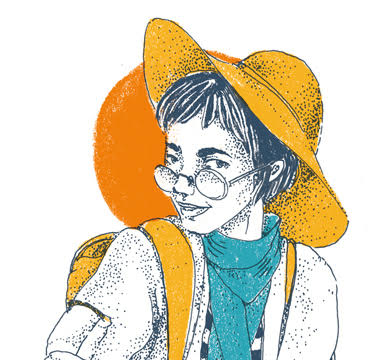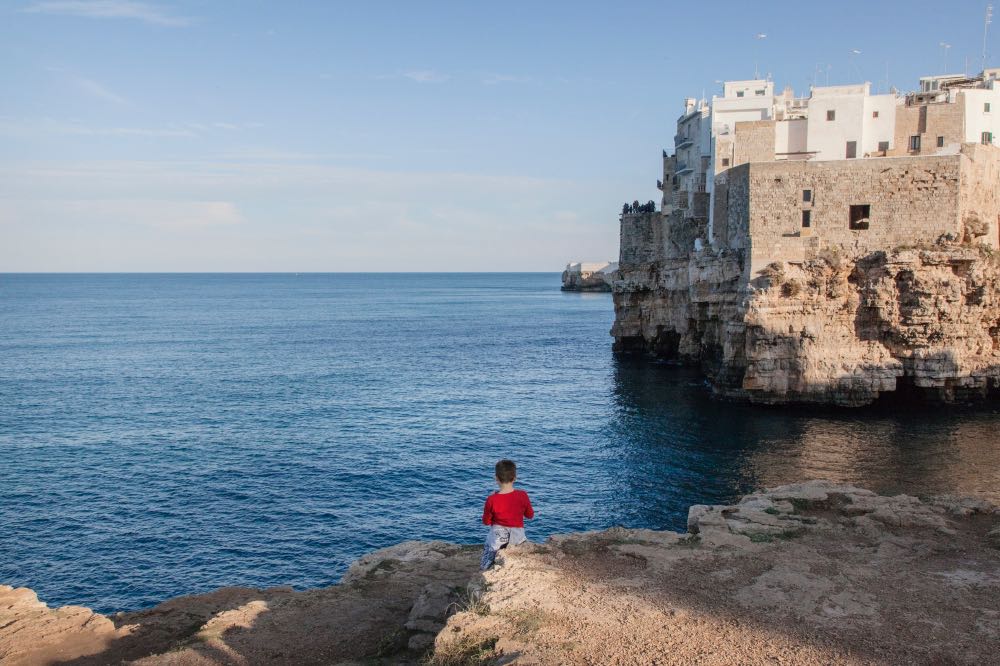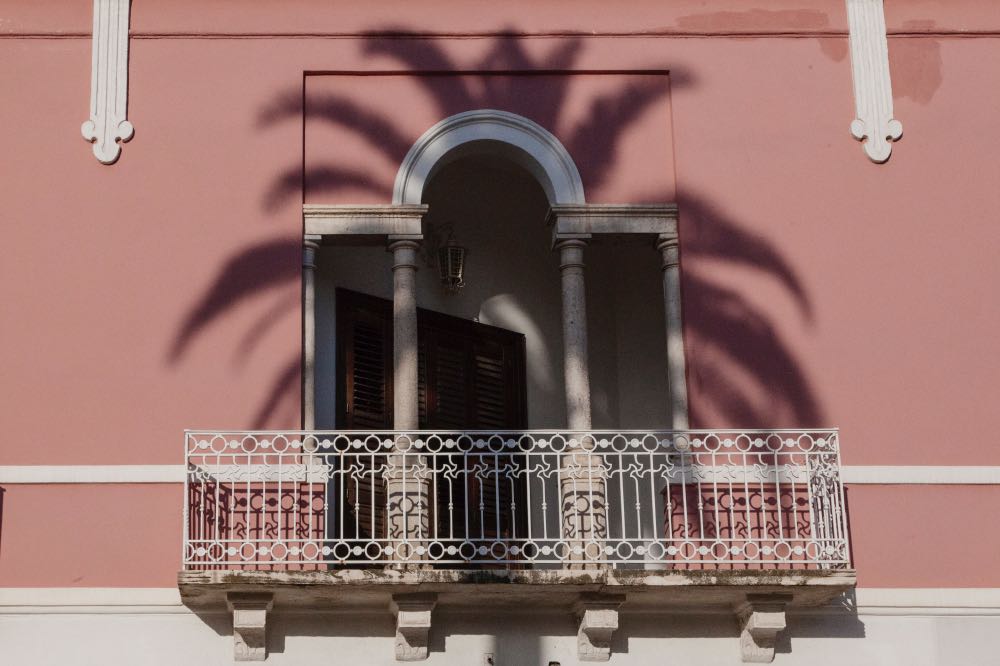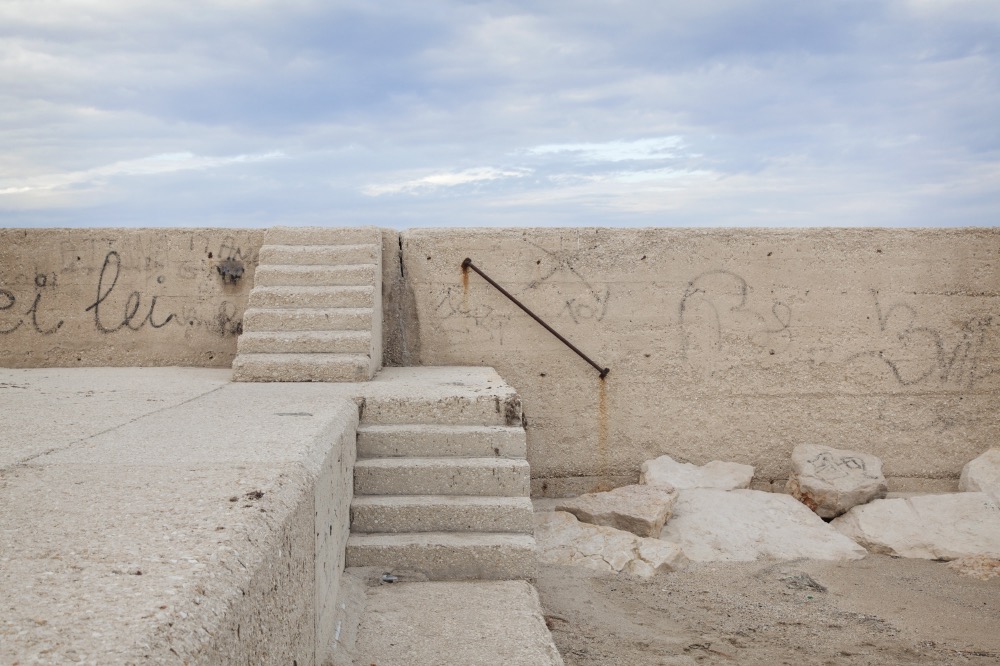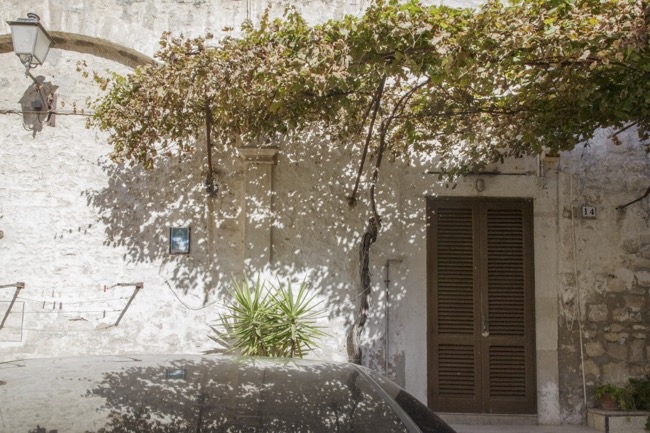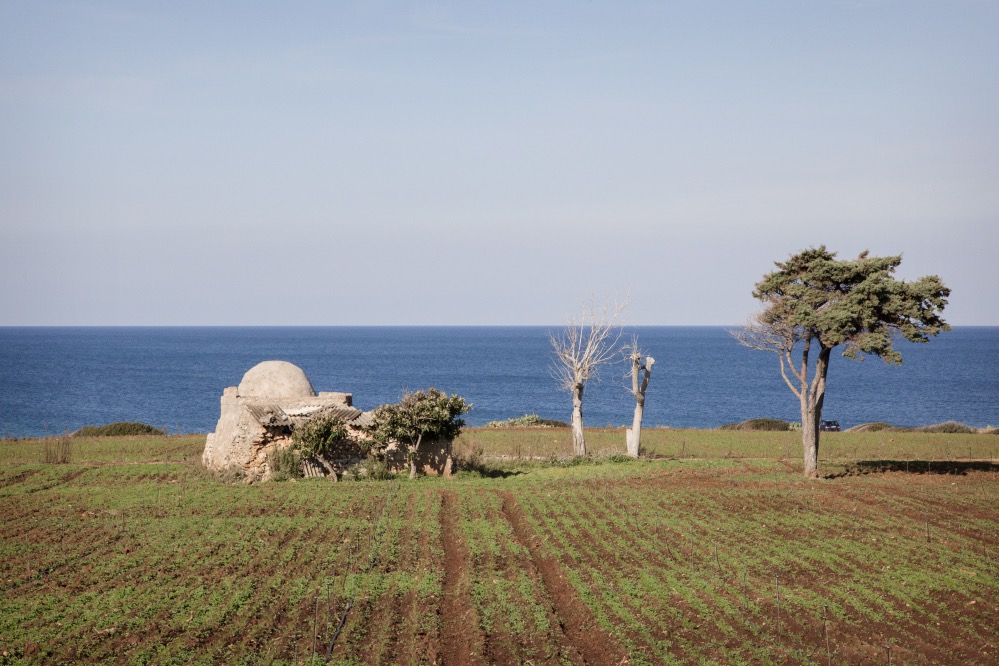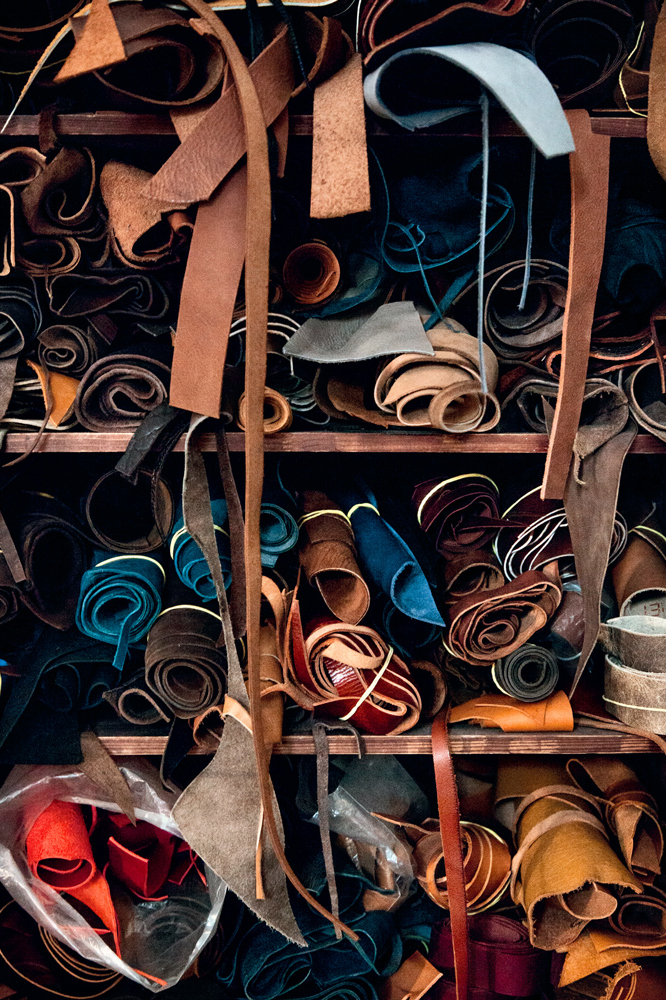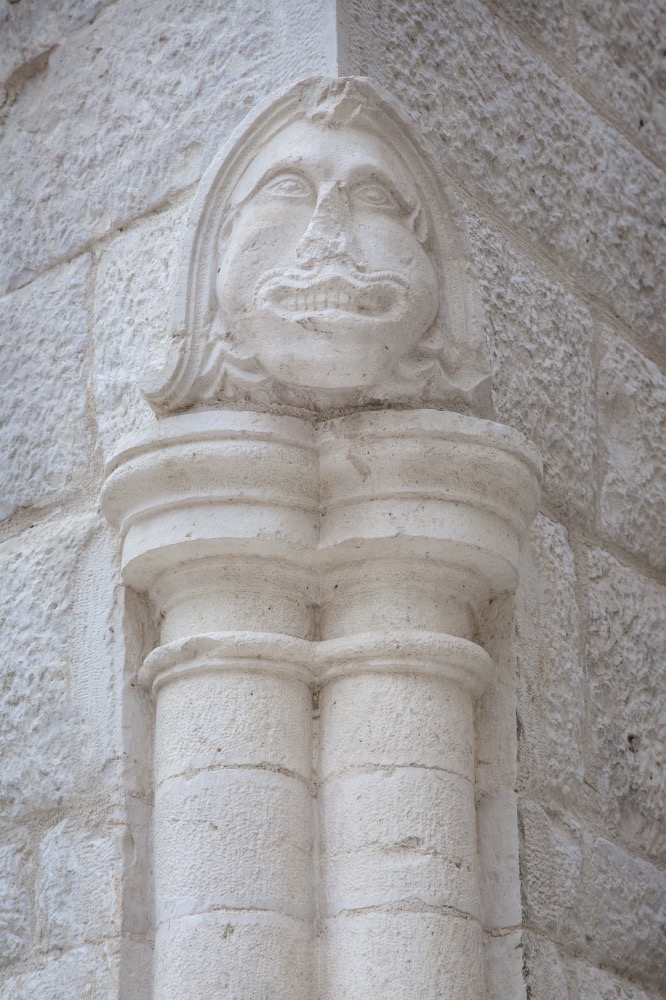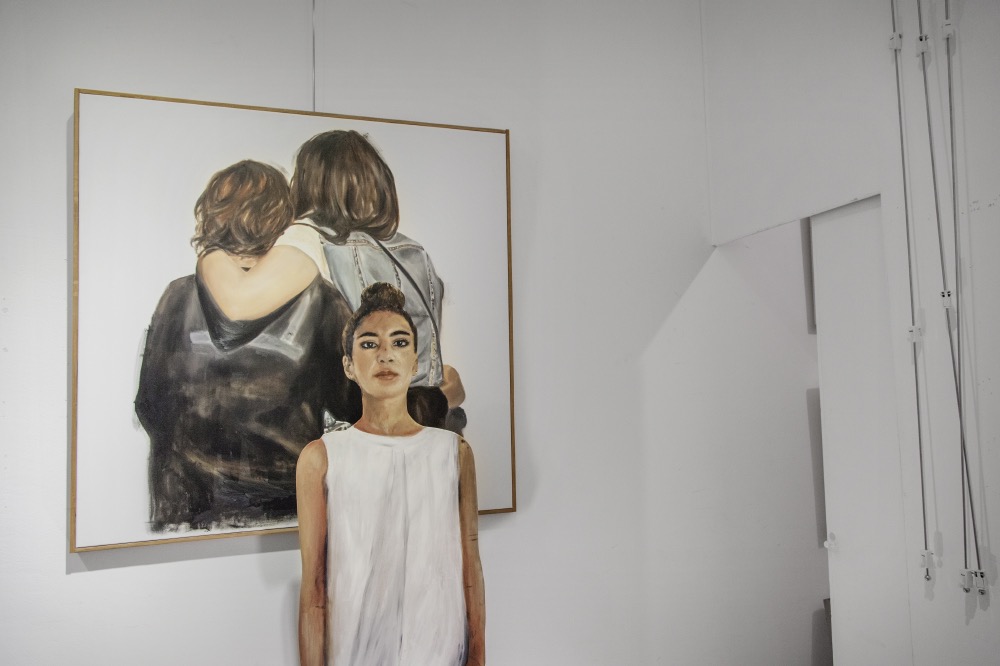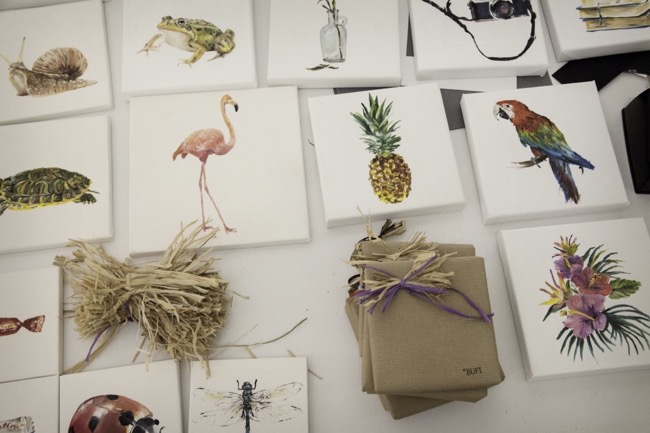If you still have a day left over after your trip to Bari, you must visit Giovinazzo and Molfetta. For me, both cities are rare pearls, whose hard, Apulian Romanesque mussel shells have conserved the spirit of old Byzantium to the present day. Does that seem too poetic to you? Well, you’ll tell me I’m right once you’ve studied its inhabitants’ faces, stood before their brilliantly white buildings, and inhaled the ever-present aroma of the Southern Mediterranean. Whether by car or train, both destinations are easy to reach and just a few minutes from Bari.
Let’s start with Giovinazzo, which apparently no less a figure than Perseus founded in honour of Jupiter (or “Giove” in Italian, and “Jove” in English). And it’s precisely in such an atmosphere of myths and legends that we sit at the Fontana dei Tritoni fountain in the Piazza Vittorio Emanuele II, in the shade of the Chiesa di San Domenico church. We’re near the old city of Natiolum, as Giovinazzo was called in Roman times.
Before we walk through the Arco di Traiano, the former city gate, we should take some time to visit the imposing Aragonese watchtower, the Tamburo. It was built to defend the port and because of its round form was nicknamed “U tammurre“, in other words “drum”.


